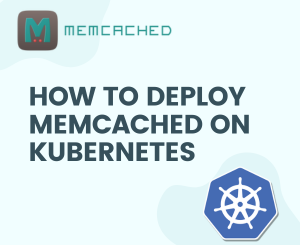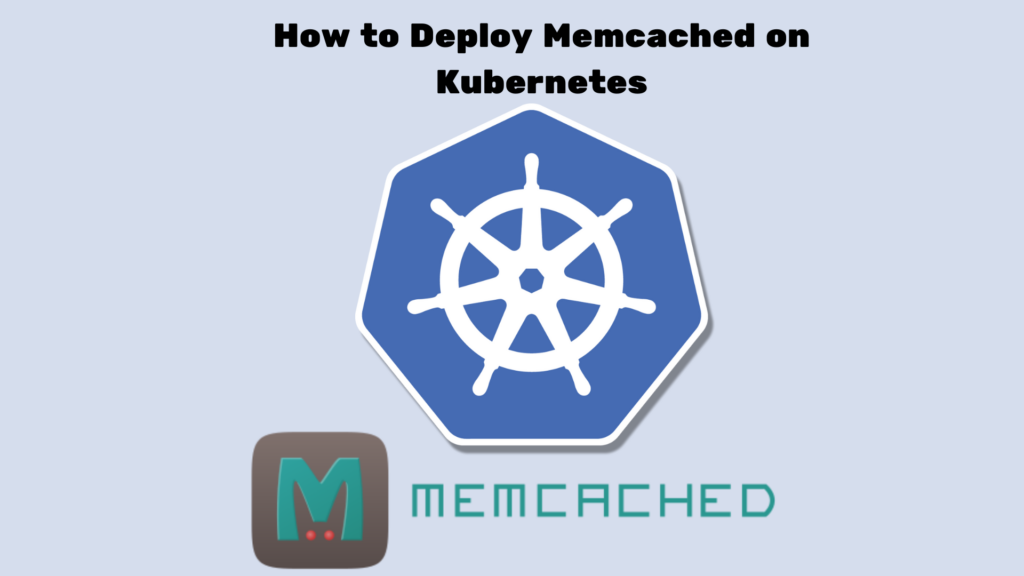

If you’re new to the world of Kubernetes and want to supercharge your application’s performance, deploying Memcached can be a game-changer. Memcached is a high-performance, distributed memory object caching system that is widely used to speed up dynamic web applications. In this tutorial, we’ll walk you through the process of deploying Memcached on Kubernetes using Helm, making it easy for even beginners to follow along.
Prerequisites
Before we dive into the installation process, make sure you have the following:
- A running Kubernetes cluster. In our tutorial we are using K3s, follow our K3s installation guide.
- Helm installed on your local machine and configured to work with your cluster.
- Basic knowledge of Kubernetes concepts like Pods, Deployments, and Services.
Installing Memcached with Helm
To make our lives easier, we’ll be using Helm to deploy Memcached. Helm is a package manager for Kubernetes that simplifies the deployment process. Execute the following command to install Memcached on your Kubernetes cluster:
helm install my-release oci://registry-1.docker.io/bitnamicharts/memcachedThis command fetches the Memcached Helm chart from the specified Docker registry and deploys it to your Kubernetes cluster. Replace my-release with a name of your choice for the deployment.
Verifying Memcached on Kubernetes Deployment
After the installation is complete, let’s verify that Memcached is up and running. Run the following commands:
kubectl get podsYou should see a pod related to your Memcached deployment. Once the pod is in the Running state, you’re good to go.

kubectl get servicesLocate the service associated with your Memcached deployment. You’ll need its Cluster IP to connect to Memcached.
Testing Memcached
Now, let’s test Memcached to ensure everything is working as expected. We’ll use a simple Telnet command for this. Install Telnet if you haven’t already, and then connect to the Memcached service:
telnet [MemcachedClusterIP] 11211Replace [MemcachedClusterIP] with the Cluster IP you obtained earlier. Once connected, you can set and retrieve key-value pairs to test Memcached functionality.

Integrating Memcached with Your Application
To leverage Memcached in your applications, you’ll need to modify your application code to interact with the Memcached server. This typically involves using a Memcached client library in your preferred programming language.
For example, in a Python application using the python-memcached library:
import memcache
mc = memcache.Client(['[MemcachedClusterIP]:11211'], debug=0)
mc.set('key', 'value')
result = mc.get('key')
print(result)Remember to replace [MemcachedClusterIP] with your actual Memcached Cluster IP.
Congratulations! You’ve successfully deployed Memcached on Kubernetes using Helm. This powerful caching solution can significantly enhance the performance of your applications. Feel free to explore advanced configurations and scale Memcached to meet the demands of your growing projects.
That’s it for this tutorial. If you encounter any issues or have questions, don’t hesitate to leave a comment below. Happy caching!
